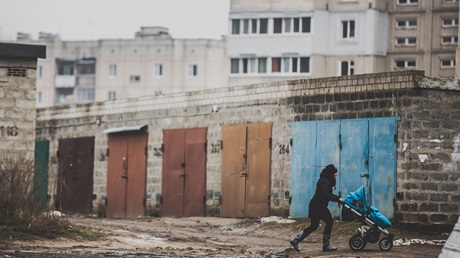How churches can benefit from a lesson in urban geography.

For all the church’s efforts at promoting racial unity in urban America, what if our cities are actually designed to keep us apart? In Race and Place: How Urban Geography Shapes the Journey to Reconciliation (InterVarsity Press), urban missiologist David P. Leong considers how the basic building blocks of city life—like neighborhoods, schools, and freeways—sustain fault lines of race and class. Mark Mulder, professor of sociology at Calvin College and author of Shades of White Flight: Evangelical Congregations and Urban Departure, spoke with Leong about the “geographic structures” of urban life, and how the church can bend them toward flourishing for all.
What do you mean by “geographic structures,” and how can we recognize them?
My parents were born and raised in Detroit, but later they moved so that my siblings and I could attend better schools in the suburbs. As a kid, of course, you don’t realize how different things are in one place versus another. I had some suspicion that not everyone enjoyed these same blessings. But it wasn’t until I began doing high-school youth ministry in Seattle that I began really reflecting on the problems of urban geography.
I was working at a long-established Chinese church in a neighborhood that was home to many Chinese-speaking East Asian immigrants. And I began to see an interesting pattern. The short version is that many of the church’s second- and third-generation Chinese American families were moving out of this urban-ethnic enclave into the more upwardly mobile suburbs about 20 minutes away. I’ll never forget speaking to a high-school Christian club on Mercer Island, a wealthy community just a few miles across a bridge …
